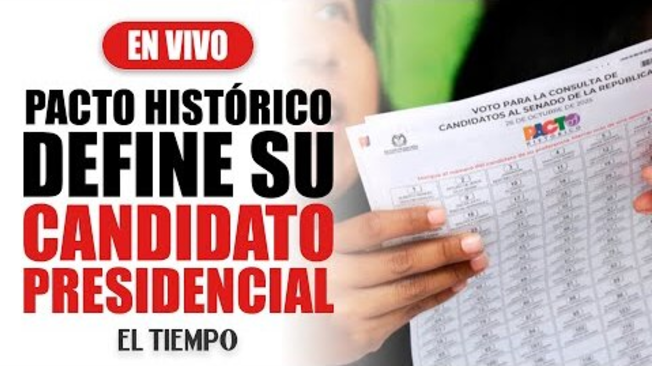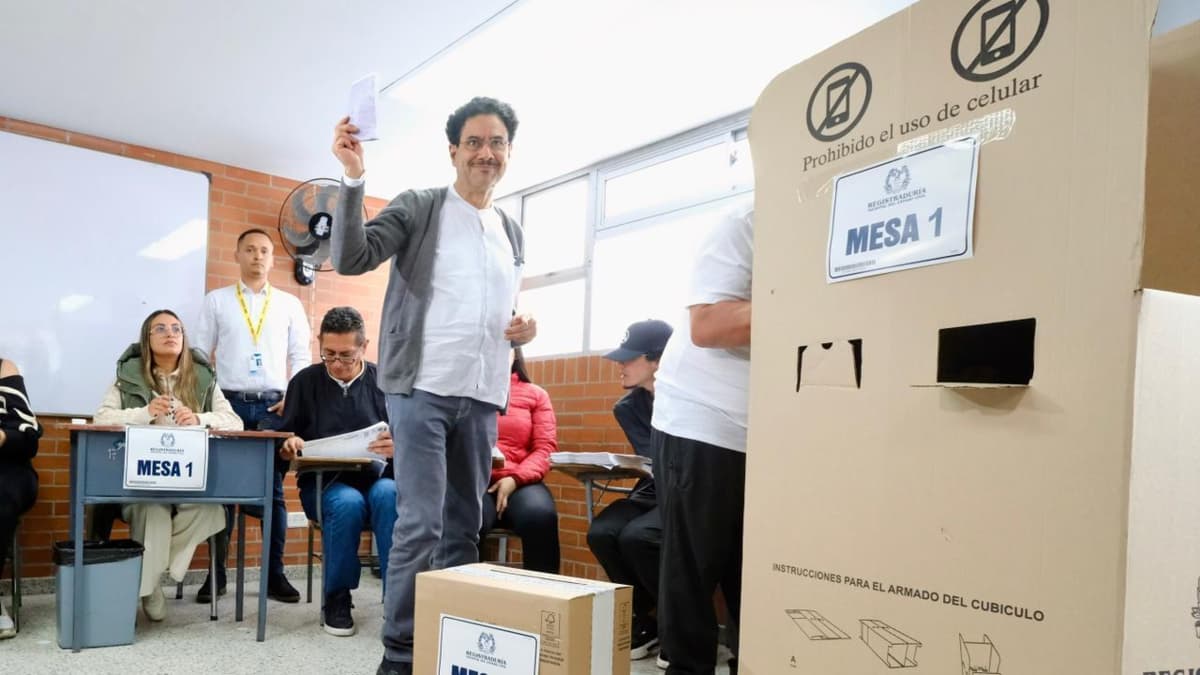In addition to the results for each candidate, one of the topics attracting the most attention was the final turnout for the Historic Pact referendum. A low turnout implied a weak electoral force for the official start of the 2026 election. Therefore, there are conflicting interpretations regarding the turnout this Sunday.
If we analyze the numbers from the left's most recent presidential elections, the numbers dropped dramatically. In 2018, the left's voter turnout was 3.2 million, and in 2022, it rose to more than 5.5 million votes. In both, the current president, Gustavo Petro, won.
The opposition has tried to expose this difference to say that the consultation was"a failure" and that the Petrismo begins the race for 2022 with a low voting base. "After months of improvisation, erroneous interpretations of the rules and manipulation, the Historic Pact carried out a consultation that registered low participation," asserted opposition senator Carlos Fernando Motoa (Cambio Radical).
Added to this are the initial expectations of Gustavo Petro's administration, which initially projected a total of 3 million votes. They gradually lowered their expectations, eventually reaching just over one million votes at the last minute. They lowered the figure when they saw the various doubts surrounding the legal security of the electoral process, especially the presidential election.
However, it cannot be concluded that it was a low turnout.
On the one hand, it must be taken into account that the left's recent referendums were leveraged by the legislative elections. Both took place in March. This one, however, took place in the October window, which is what is considered a"cold referendum."
There's no precedent for a referendum of this type in the recent past. The closest was the Liberal Party's 2018 election. At that time, with Juan Fernando Cristo and Humberto de la Calle as candidates, they obtained just over 700,000 votes.
The closest election on the left dates back to September 27, 2009, when Gustavo Petro also participated and defeated Carlos Gaviria Díaz. At that time, they received 483,493 votes, with only 234,244 for the current president and 210,440 for the runner-up.
That is, 16 years later, the left received 5.3 times the number of votes compared to the last time they were measured in an electoral process prior to the legislative and presidential contest.
Taking all this into account, experts consulted by EL TIEMPO agreed that it was not an excellent turnout, but it was good enough for the left to begin the legislative race for 2026.
“Nearly 2 million votes isn't bad,” said professor and analyst Jorge Iván Cuervo. He added: “Internal consultations (primaries) are the way to bring order to the parties and move away from pen-based democracy and strengthen the bond of representation. The Pact, under adverse conditions, gambled on that and it paid off.” At that point, Cuervo referred to the legal uncertainties that have arisen over the last month and that have still not been resolved regarding the presidential consultation.
This newspaper's columnist, Pedro Medellín, followed a similar path. He noted that while it's true they didn't reach the 3 million votes the Petro administration had set as a goal, they did ultimately achieve considerable turnout nationwide.
“They were calculating three million votes. They put in all of them, they moved everything they could. They tell me that even non-party actors came out; there were people from other parties who came out to vote. The vote President Petro was aiming for to show significant electoral strength, the result didn't give him the vote. But, in any case, it's positive and it's good, especially for a candidacy like Iván Cepeda's,”Medellín said.
Angélica Lozano, a senator from the Green Alliance and far from the Petro government, also had that view. In a tweet, she noted that Sunday's result is higher than predicted and poses a tough challenge for the upcoming election:"It looks like an unequivocal victory for the Pact today. Despite the differences and competition, I recognize it, and it's not far from it."
Lozano complemented his analysis by pointing out that while it's true that the last official referendum saw 5.8 million votes, it was on an"official day with more than 20 million people voting and 100,000 polling stations set up." However, today they had half the result with 19,000 polling stations."They did very well," he noted.
Another important factor to consider is the Senate vote for the 2022 presidential candidate. At that time, they received 2.8 million votes. This can be classified as the leftist base, as many of President Gustavo Petro's voters did not fit the same category as the Historic Pact. Although it wasn't a strong election day, they received almost the same vote.
President Gustavo Petro, unaware that he cannot participate in politics, made the same reading. “Today's result means that, without even having elections, the Historic Pact has more voters than most political parties on actual election dates, imagine what's coming,” he noted.


